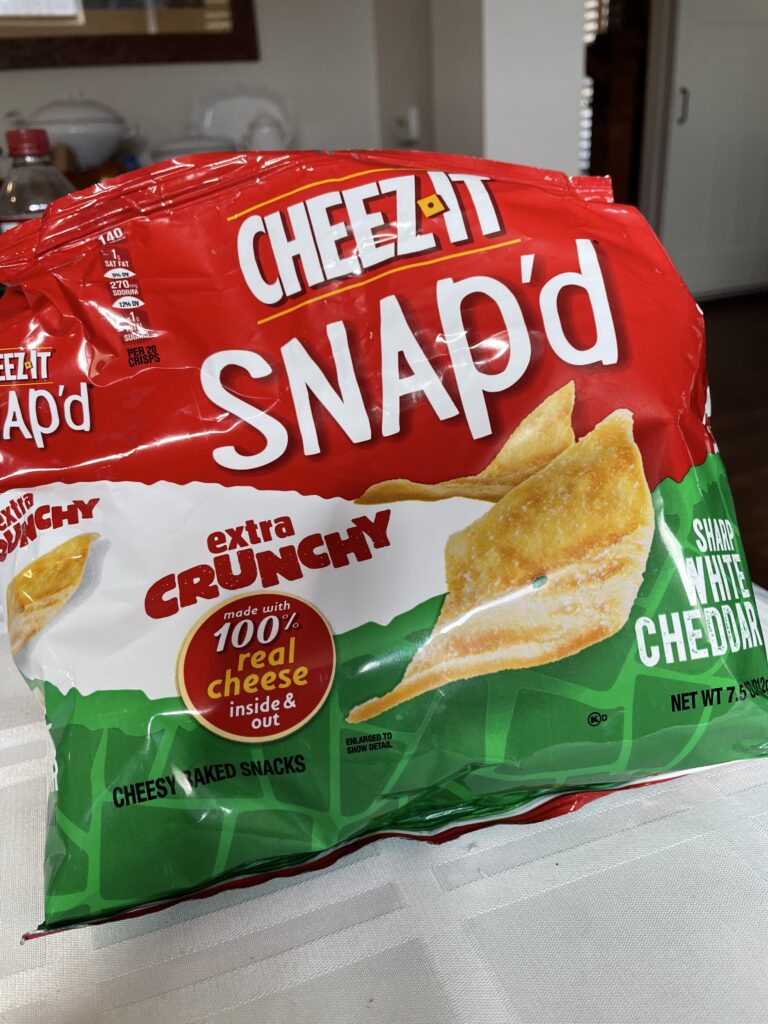-
MGM now owns James Bond
For the last six months, I’ve been going through the James Bond movies in order. I’m about halfway through and it’s fun watching them as time capsules to the eras that they were made. Amazon now has full control as to what they’ll pack into future installments.
The common refrain regarding this move is how will Amazon screw this up. Dilute Bond with so many poor quality spin offs like Disney did to Marvel and Star Wars? Or crank out shoddy movies to cash in on the name?
John Gruber probably had the most astute takeaway:
Amazon taking control of James Bond is like McDonald’s taking over a great steakhouse chain like Del Frisco’s.
-
Luddite teens
It sounds like a hipster indie band, but Luddite Teenagers are meeting up to emphasize connections without the distraction of technology.
“Our club promotes conscious consumption of technology,” she said. “We’re for human connection. I’m one of the first members of the original Luddite Club in Brooklyn. Now I’m trying to start it in Philly.”
She pulled out a flip phone, mystifying her recruit.
“We use these,” she said. “This has been the most freeing experience of my life.”
-
Mirrors, how do they work?
Apparently there was a whole thing on TikTok about mirrors being able to see behind a piece of paper. People emphatically stating mirrors can’t when its a little more nuanced. Mirrors break our brains.
-
Beware of the SAVE Act
The SAVE Act Would Disenfranchise Millions of Citizens
The Safeguard American Voter Eligibility (SAVE) Act has been reintroduced in the U.S. House of Representatives. This legislation would require all Americans to prove their citizenship status by presenting documentation—in person—when registering to vote or updating their voter registration information. Specifically, the legislation would require the vast majority of Americans to rely on a passport or birth certificate to prove their citizenship. While this may sound easy for many Americans, the reality is that more than 140 million American citizens do not possess a passport and as many as 69 million women who have taken their spouse’s name do not have a birth certificate matching their legal name.
-
Dog college
Dog college sounds fun.
“The most important thing is they’re doing what they love,” says Ruth Desiderio, the center’s volunteer and outreach coordinator leading the public tour I’ve joined in on. The dogs, she explains, indicate their interests and aptitude through apparent eagerness and ambivalence, and are allowed to proceed accordingly. If a dog relishes the challenge of sniffing out a hidden human, but reacts with fear to loud, sudden banging sounds–perhaps they’re destined for wilderness over urban search and rescue. If they love to smell and be rewarded, but crave routine, then a long-term post in the lab could be the perfect fit.
-
Ross Chastain wall ride
Nascar season started last weekend so let’s rewatch one of last year’s memorable moments–Ross Chastain using the wall to slingshot his car across the finish line. Unsurprisingly, Nascar banned the maneuver.
-
XOXO 2024 Festival
XOXO Festival is a one of a kind art, media, and technology conference in Portland. Its speakers are well known in various online and offline circles, and the talks inspire a liveliness and curiosity.
One talk, by Cabel Sasser, from the 2024 XOXO iteration tells about a painting in a McDonalds that leads to a discovery of a prolific, unknown talent.
-
Cheez It Snap’d White Cheddar chips
Cheez It Snap’d White Cheddar chips are a crunchy cracker variation of Cheez Its. They offer that salty snack fix with enough flavor to satisfy, but not hang around or taste too artificial.

-
Competitive authoritarianism
Competitive authoritarianism will transform political life in the United States. As Trump’s early flurry of dubiously constitutional executive orders made clear, the cost of public opposition will rise considerably: Democratic Party donors may be targeted by the IRS; businesses that fund civil rights groups may face heightened tax and legal scrutiny or find their ventures stymied by regulators. Critical media outlets will likely confront costly defamation suits or other legal actions as well as retaliatory policies against their parent companies. Americans will still be able to oppose the government, but opposition will be harder and riskier, leading many elites and citizens to decide that the fight is not worth it. A failure to resist, however, could pave the way for authoritarian entrenchment—with grave and enduring consequences for global democracy.
In Foreign Affairs, The Path to American Authoritarianism
